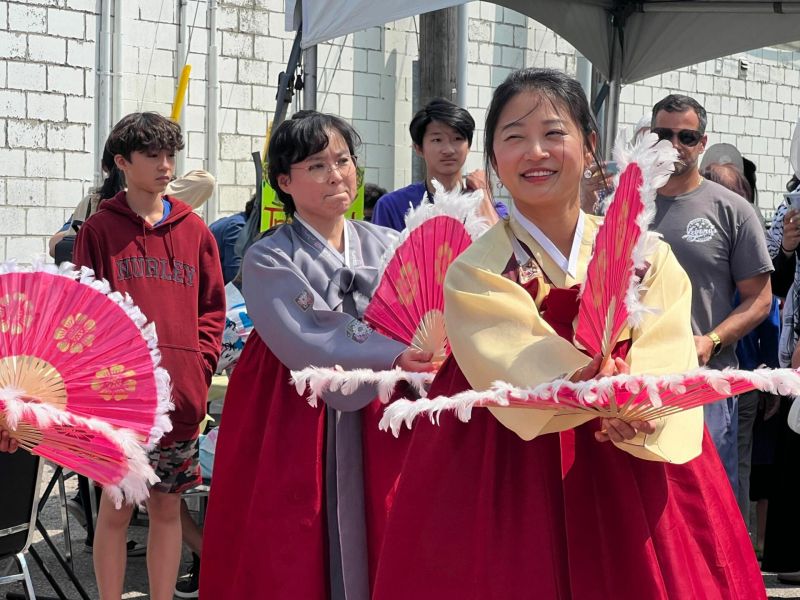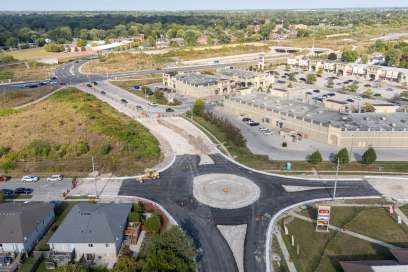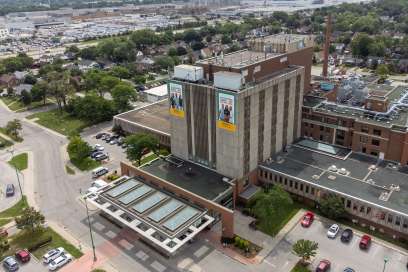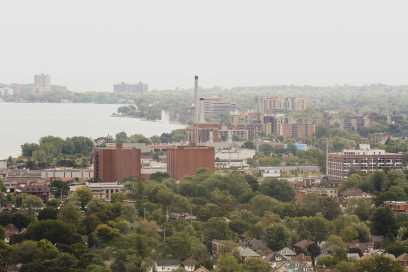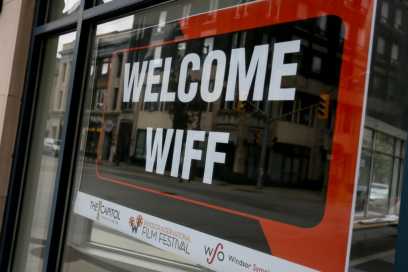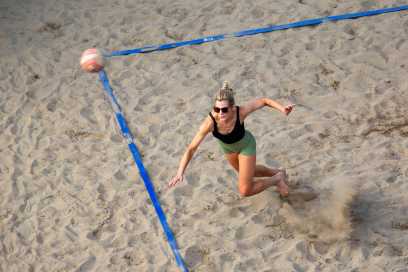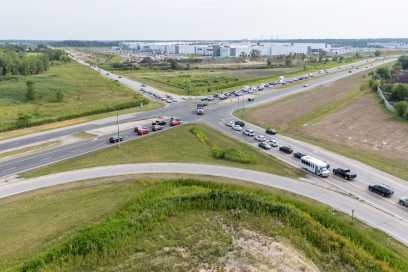UWindsor Begins Construction On Inclusive Entrance At Human Kinetics Building
Friday May 19th, 2023, 10:13am
Hello time traveller!!
This article is 853 days old.
The information listed below is likely outdated and has been preserved for archival purposes.
Work is underway at the University of Windsor’s Human Kinetics (HK) building to transform the front entrance to be fully inclusive.
After more than two decades of effort to secure funding for this project, the University received news last spring that it received significant funding from the Government of Canada’s EnAbling Accessibility Fund.
“This support has allowed us to embark on a remarkable journey towards creating an entrance that not only grants access to all individuals but also enhances their overall experience arriving on campus,” said Kaye Johnson, executive director of the Human Rights, Equity and Accessibility at the University of Windsor.
Features include an accessible ramp structure with resting areas, benches, recessed lighting, light posts, and a snow-melting system to keep the surfaces safe during inclement weather. New stairs will meet accessibility standards and provide options for users.
The HK building will have four new doors equipped with push-button actuators and guardrails.
“This is a difference maker for our students, our researchers and our community,” said Linda Rohr, dean of the University of Windsor’s Faculty of Human Kinetics. “I rarely like to comment on behalf of everyone, but I am confident everyone is beyond excited about this project.”
Johnson said the new accessible entrance wouldn’t have been possible without the hard work of the team that submitted the application back in July 2021.
The application was led by Johnson and Cherie Gagnon from the Office of Human Rights, Equity and Accessibility and supported by Facility Services’ Danny Castellan, Veronika Mogyorody and the Accessible Built Environment Committee, and Human Kinetics’ faculty Jess Dixon, Sean Horton, Chad Sutherland and Paula van Wyk.
The total cost of the project, expected to be complete this fall, is estimated at $2 million, with the University receiving $722,800 in EAF funds.


